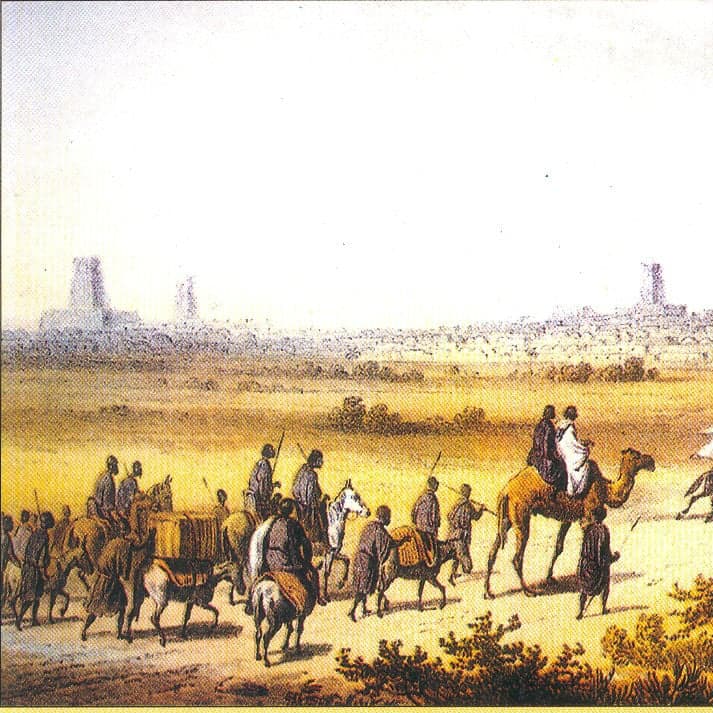This is part two of a five-part blog series on the evolution of the textile industry over time.
The textile industry has been shaping international business and cultural trends for thousands of years. In fact, ancient Chinese silk was one of the catalysts for the formation of the world’s first international commercial highway. The Silk Road, or Silk Route, was an ancient network of trade routes spanning from China through India and Central Asia. Ultimately, these routes connected two of the greatest and powerful ancient empires, the Chinese and the Romans.












